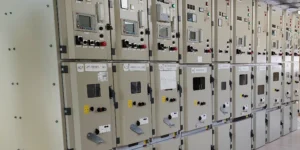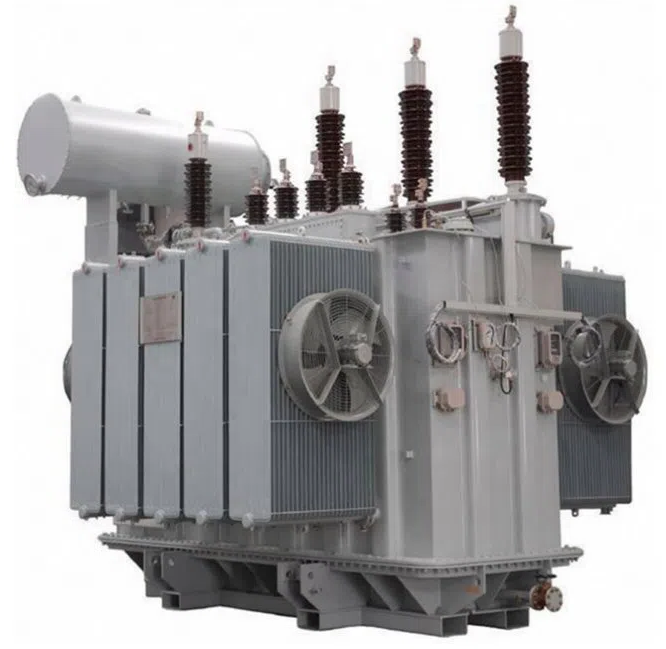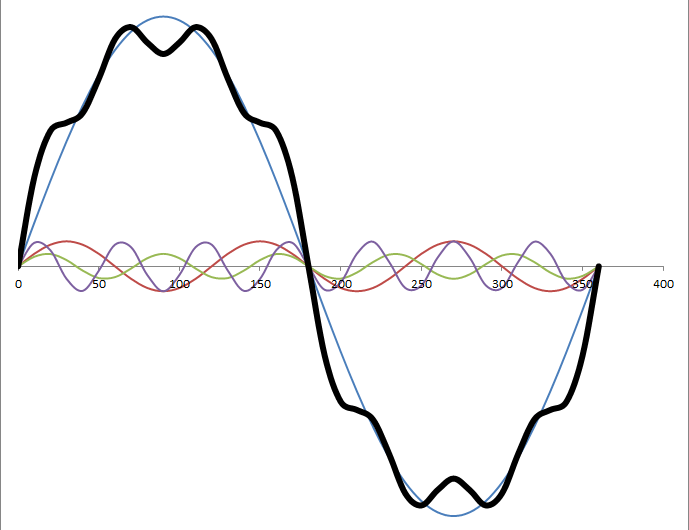Understanding High Speed Bus Transfer Switch (HSBTS) – Application and International Standards
Introduction A High-Speed Bus Transfer Switch (HSBTS) is an advanced electrical switching device used to transfer critical loads from one power source to another with minimal or no interruption. It …




